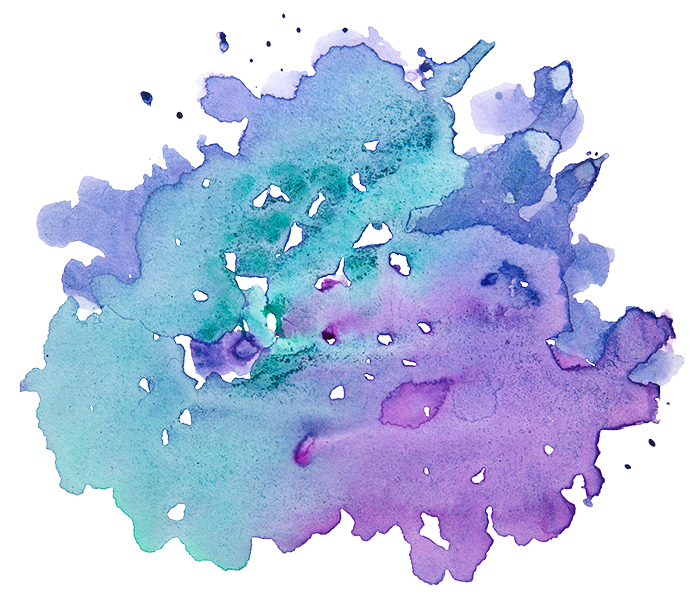by Walton Clark, Office Assistant
I have an app on my phone called Duolingo. It’s a free language learning app that teaches you a language through taking quizzes. As you take the quizzes new material is introduced with simple questions. As I considered what I wanted to write about for this blog post, I thought about how this language app has mirrored my experience learning more about Jewish practice and Hebrew at Mayyim Hayyim.
When we learn a second language, often we use our current language as a means to make connections faster. I apply this principle to my work at Mayyim Hayyim all the time. Let’s take our name, Mayyim Hayyim: I would think in my head “My-eem Hi-eem” to get as close as possible to the pronunciation. For Sukkot I think “Sue-coat.” Of course, as I get into a language more and more, these tricks become cumbersome and eventually I need to internalize the cadences of speaking and see the word for what it is in that language and culture.
My first encounter with Sukkot was in college. I was walking by the Student Life building and there was a rabbi from the local Chabad sitting outside what, to me, looked like a tropical hut. It was made of wood beams and it had palm tree leaves adorning its frame. Seeing as this was New Orleans, palm tree leaves were not out of place, but I did not know what the significance of the hut was. I remember asking a friend later that day about the hut and its meaning, and he told me that it was for Sukkot. Growing up I had never noticed any of my Jewish friends building or hanging out in huts in their yards (other than our average fort-making as children). I asked him what Sukkot was about, and he said it was a festival celebrating the harvest. At the time, I shrugged my shoulders and continued on with my day.
Now, having been surrounded by Hebrew working here at Mayyim Hayyim, Sukkot no longer is ‘Sue-coat.’ But it also isn’t just ‘Sukkot.’ I understand its meaning on a deeper level: as a holiday where people celebrate the fruits of all the labor involved with growing and harvesting food. It’s also a way to remember ancient Jewish history by spending time in a sukkah, a booth that recreates the huts the Israelites likely lived in while wandering in the wilderness. I’ve been able to learn and appreciate this understanding, in part, because working here has exposed me to the yearly cycles of the Jewish calendar. I’ve been able to see how what was once just a word, is actually a way of life that impacts people in a big way.
There are a lot more words like ‘Sukkot’ that have added meaning because at this mikveh, I am immersed everyday in Jewish culture. Quite literally. Before working here, I knew absolutely nothing about ritual immersion. Now, everyday I become aware of the nuances of this practice and the Hebrew words that describe it, whether it is through setting up for our many programs or speaking with other staff and welcoming visitors. I’m far from an expert, but I’ve noticed that I’m translating less and less.
Whenever we are trying to understand something, it’s natural to try to use our own experience to relate, but there is a lot that can be lost in translation. In my own experience, I’ve learned the most when I’ve put aside my established ideas and tried to see how things are for those who walk through our doors.
Walton Clark is Mayyim Hayyim’s office assistant and jack of all trades. He is a working BAM keyboardist in Boston, leading the acid-funk outfit Roxo Gato as well as performing in a variety of groups. You can follow him on Twitter @walt_twitwalker and on Instagram @welaxer.


